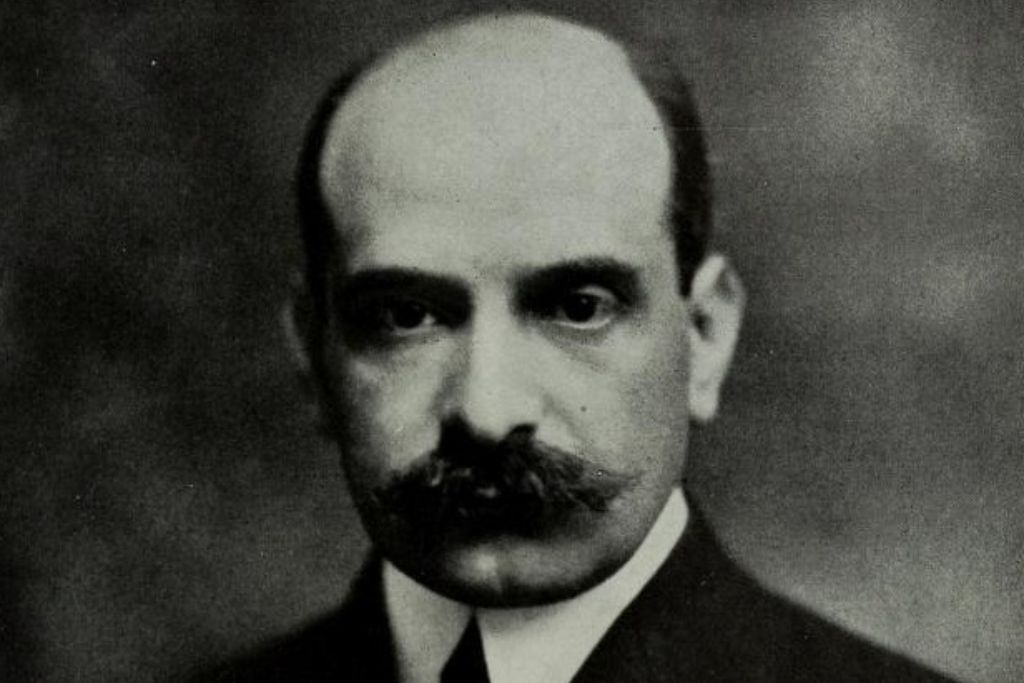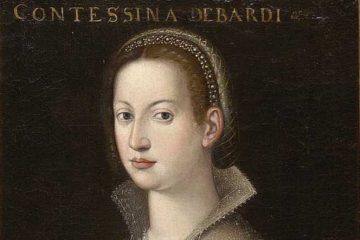
An early advocate of central banking in the US – a country famed for its disdain for such a concept as it was “too British” – Paul Warburg led a group of bankers including the famed J. P. Morgan to create the Federal Reserve.
And whilst not perfect by any means, the Fed as it’s known,
Early Life
Paul Moritz Warburg was born on August 10 1869 in the city of Hamburg, Germany as the third of seven children born to banker Moritz M. Warburg and his wife Charlotte Esther Oppenheim.
Born into a wealthy family whose banking and mercantile ventures can be traced back to 16th century Venice, Paul’s great-grandfather Moses Marcus Warburg co-founded the family’s first bank, M. M. Warburg & Co in 1798.
Indeed, it was at this bank where his father was the manager of at the time of Paul’s birth, and where Paul’s grandfather – Moses Marcus Warburg’s son – had worked before then. And it was assumed that Paul too would join the family business when he was old enough.
As such, Paul was given one of the finest educations of a young Jewish boy could get in the late 19th century, graduating Hamburg’s prestigious Realgymnasium in 1886.
Following graduation, Paul was sent to work for Hamburg importer-exporter Simon Hauer to learn the basics of business, trade and commerce in general, in a sort-of rite endured by many Jewish sons at the time.
Three years later, in 1889, he was then sent to London where he worked at Samuel Montagu & Co. for a year, followed by another year in Paris at the Banque Russe pour le Commerce Etranger, where he learned the basics of the banking trade.
In 1891, he returned to Hamburg where he formally began working at his family’s bank. He took a brief hiatus from the firm in 1893 when he travelled the world to learn more about international finance.
Upon his return, he resumed his work and became a partner in 1895, the same year he married Nina Loeb, the daughter of New York banker Solomon Loeb, whom he’d met whilst on his hiatus.
Interestingly, of his six siblings, four were brothers, three of whom similarly joined the family’s bank and also became famous international bankers.
As for his other brother, Aby – the odd one out so to speak – he went on to become a noted art historian and laid the groundwork for what became the Warburg Institute.
Arrival in America
Whilst traveling the world in 1893, Paul had developed numerous international contacts that he leaned on following his return to Germany, allowing him to become arguably his family firm’s greatest asset.
Partly owing to the fact his wife was American, as well as
